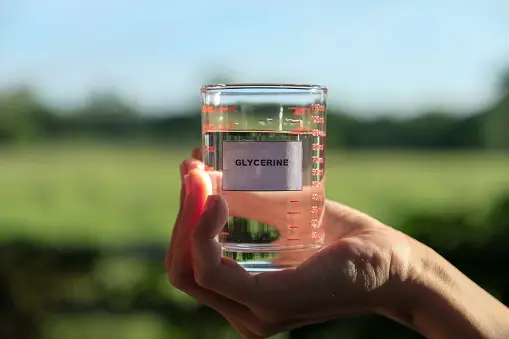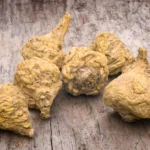Introduction
Glycerine, often referred to as glycerol, is a colorless, odorless, and sweet-tasting liquid that has been widely used for centuries. Its diverse range of applications spans various industries, from cosmetics and food to pharmaceuticals and even explosives. This article will delve into the incredible properties and multifaceted nature of glycerine, highlighting its significance and utility in today’s world.
What is Glycerine?
Glycerine is a simple polyol compound, with three hydroxyl groups (-OH) in its structure. This unique arrangement of atoms gives its remarkable versatility. It is water-soluble, hygroscopic (absorbs moisture from the air), and has a high boiling point, making it an excellent solvent and stabilizing agent.
Glycerine in Everyday Products
1. Cosmetics and Personal Care
Glycerine is a staple ingredient in many cosmetic products due to its hydrating properties. It acts as a humectant, attracting moisture to the skin, thereby preventing dryness and maintaining suppleness. The presence of this substance in soaps, lotions, and creams makes them more effective in preserving the skin’s natural moisture barrier.
2. Food and Beverages
In the food industry, glycerine serves various purposes. As a food additive, it enhances texture, retains moisture, and acts as a sweetener in certain low-calorie foods. Additionally, it prevents crystallization in confectioneries like chocolates and enhances the smoothness of ice creams.
Glycerine in Medicine and Pharmaceuticals
1. Pharmaceuticals and Drug Formulation
Glycerine plays a vital role in pharmaceuticals, especially in drug formulation. Its ability to dissolve and stabilize various substances makes it an ideal component in liquid medications and oral suspensions. Furthermore, this liquid lubricating properties also make it a key ingredient in suppositories.
2. Skin and Health Products
Beyond cosmetics, this liquid is extensively used in medicinal products. It is an essential component in various ointments and topical treatments for conditions such as burns, rashes, and irritations. Glycerine’s antimicrobial properties aid in wound healing and skin protection.
Industrial Applications of Glycerine
1. Chemical Industry
Glycerine is a fundamental raw material in the chemical industry, contributing to the production of numerous substances like propylene glycol, epichlorohydrin, and glycerol carbonate. These chemicals find application in manufacturing plastics, antifreeze, and even explosives.
2. Paper and Textile Manufacturing
In the paper industry, it is used as a softening and plasticizing agent, enhancing the paper’s flexibility and durability. In textiles, it helps prevent fibers from becoming brittle, ensuring the fabric remains smooth and resilient.
Environmental Significance of Glycerine
1. Biodegradable Nature
One of it’s most appealing attributes is its biodegradability. It breaks down naturally without harming the environment, making it a preferable alternative to petroleum-based products in various applications.
2. Biofuel Production
Glycerine is a byproduct of biodiesel production. Rather than being discarded, this liquid can be processed and used to produce biofuels, contributing to a more sustainable energy sector.
Conclusion
Glycerine, the versatile wonder, has woven itself into the fabric of modern life. From enhancing our skincare routines and enriching our food to powering our vehicles sustainably, glycerine continues to surprise us with its multifaceted applications. Its significance in diverse industries and its eco-friendly nature make it a sought-after compound in today’s world. Embracing glycerine’s potential opens the door to a more sustainable and efficient future. So, the next time you come across this unassuming liquid, remember its journey from cosmetics to chemistry and beyond, an unsung hero behind the scenes.








